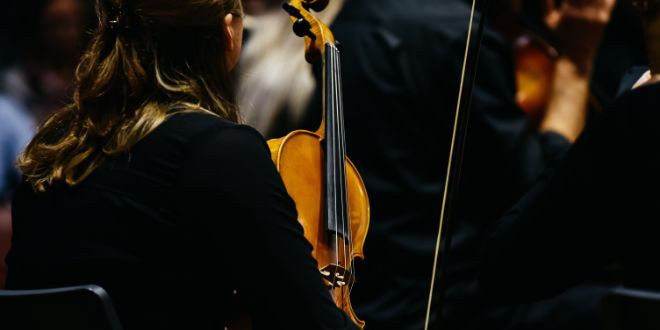Rhythm and meter in Schubert
Postdoctoral fellow Emil Bernhardt
How can we characterise the peculiar rhythmical expressivity in Franz Schubert's music?
A substantial part of the modern research on the 19th Century Viennese composer Franz Schubert (1797–1828) has been dedicated to his harmonic structures. Without questioning the importance of this tradition, this project argues that a fundamental component of Schubert?s musical language is also to be found in his way of dealing with rhythm. Rhythm is here understood in broad terms as a means of expressivity, including both regular elements, often found in background or accompaniment layers, and examples of irregular figures that play a role on a larger formal level. However, a central interest of the project is to study the somehow surprising expressivity of ordinary, regular, and repeated patterns. The project?s approach combines the study of scores, recordings, and live performances and combines methods from music theory and philosophical aesthetics.
Same composition, different interpretation (completed)
Professor Erling E. Guldbrandsen
Musical Time and Form investigates the salient differences between performances of selected orchestral compositions in Western Art Music from the last two centuries. The original composition is interpreted and performed differently depending on the conductor, the performers, and other factors such as the time and place of the performance.
The project also investigates the listening experiences of those performances and aims to improve the language we use to discuss musical performance and the listening experience.
